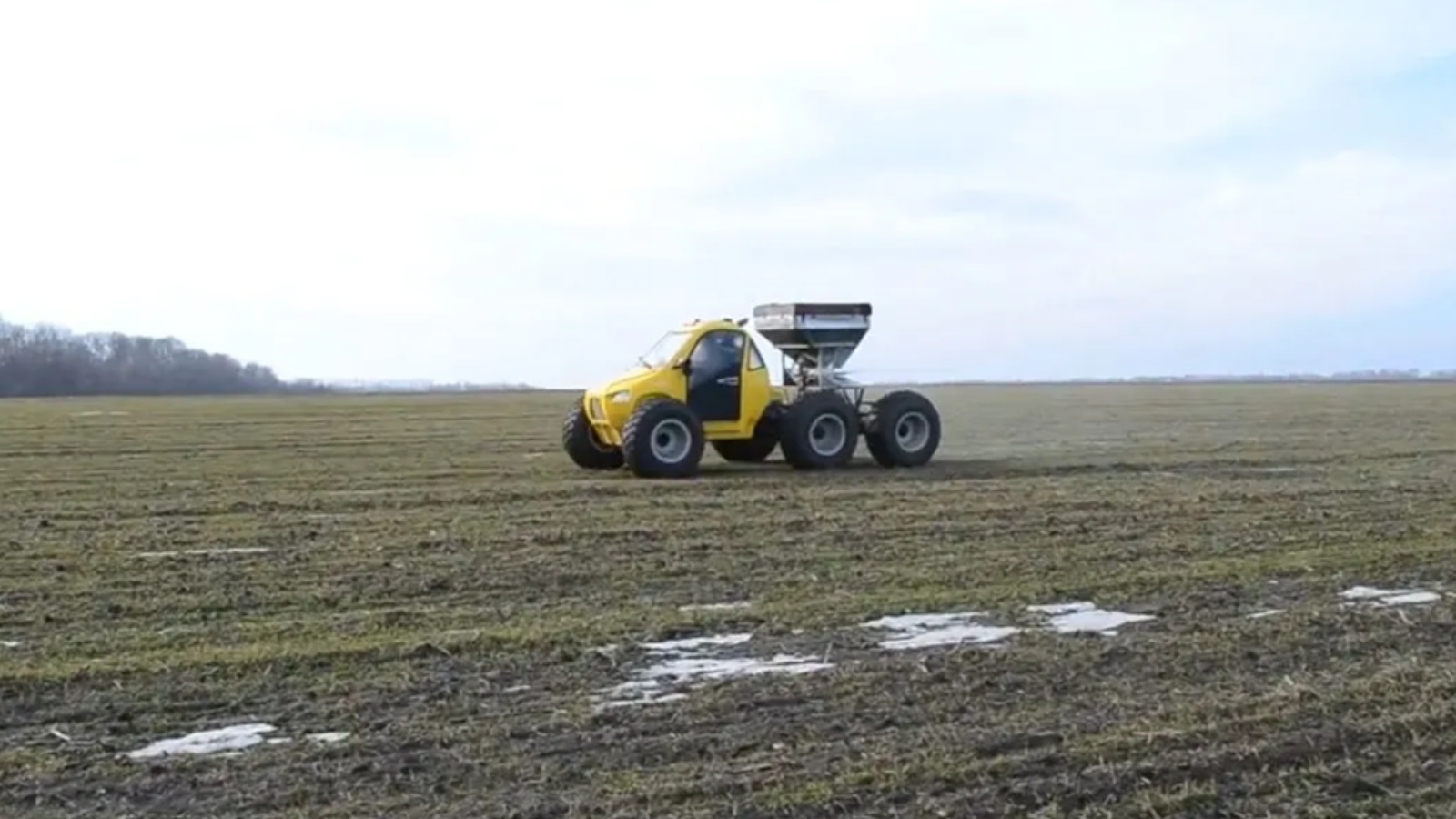Features of carrying out spring nitrogen fertilizing of winter cereal crops

Specialists of the "Tatarsky" spoke about the features of the spring nitrogen fertilization. They note that the weather conditions of the winter of the current agricultural year were characterized by unstable temperature conditions and a large amount of precipitation in form of rain and snow. Periods with negative mean daily temperatures gave way to prolonged thaws.
The beginning of the first nitrogen fertilization of winter crops is determined by the steady onset of the average daily air temperature of +8°C, which is associated with the intensity of nitrate absorption and with a decrease in the risk of plant damage by severe late frosts.
The optimal start date for the first nitrogen fertilization is the end of April, provided that there is no snow cover, and the average daily air temperature for 7-8 days will be +8°C. The second nitrogen fertilization is associated with the beginning of plant stalking and the appearance of the first above-ground node (12-15 days after the first fertilization).
In Tatarstan, in the autumn-spring period, an average of 1200-1400 t/ha of precipitation fell. If we take into account that 50% of them are absorbed by plants, then this is 70-80 mm of additional moisture. If we add to the productive moisture of autumn, and this is 70-90 mm, then it turns out that the reserve of productive moisture is at the optimal level for spring field work. The spring of 2022 is late, therefore, taking into account the productive moisture and ambient t °, it is necessary to adjust the dose of nitrogen fertilization.
The first early spring dressing should be at least 25 kg. a.i./ha in the physical weight of nitrogen. It is carried out in the tillering phase, based on the stock of mineral nitrogen in the soil and the total nitrogen content in plants based on soil diagnostics.
Soil diagnostics is based on the determination of mineral and mineralizable nitrogen in the root layer of soil. Dose of the second spring top dressing in the tillering/booting phase is predicted according to agrometeorological forecasts and plant diagnostics.
Plant diagnostics is based on the determination of the content of total and nitrate nitrogen in plants.
Let us give an example of a very simplified calculation of the doses of two nitrogen fertilizing of winter wheat at the optimum stem density for the planned yield of 40 c/ha. It is known that for the formation of 1 centner of grain, winter wheat plants need 3 kg of nitrogen per a.m. Therefore, to obtain a yield of 40 c/ha, the assimilation of 120 kg of nitrogen in a.i./ha is necessary. The plant “receives” about 30 kg/ha from the soil “due to” nitrification; approximately 20 kg a.i./ha is usually applied for fall sowing as the main fertilizer. The remaining 70 kg a.i./ha will normally need to be applied with a nitrogen top dressing.
The most important in agrochemical diagnostics is the assessment of the supply of plants with nitrate and ammonia nitrogen, because mineral nitrogen is the most dynamic, it should be taken into account when determining fertilizer doses.
Specialists of the Federal State Budgetary Institution "Tatarsky" conduct a comprehensive diagnostics of plant nutrition, which includes the selection of plant samples for sugar content; taking soil samples to determine the content of nitrate and ammonia nitrogen; selection of soil samples for determination of productive moisture; - laboratory studies, etc.